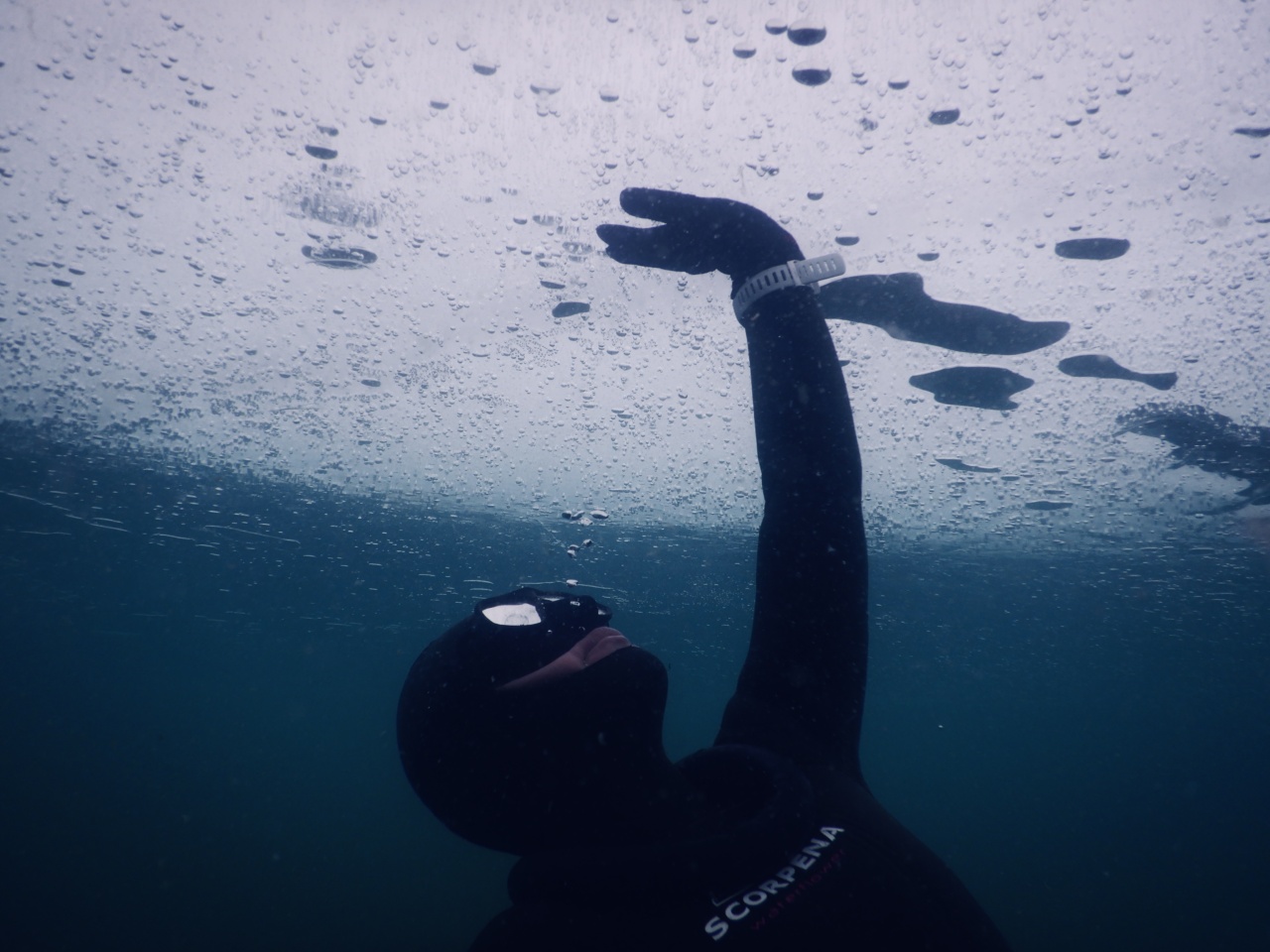For contact lens wearers who enjoy swimming, whether it is in an open water setting like the sea or in a controlled environment like a pool, there are several risks associated with swimming while wearing contact lenses.
While it may be convenient and seem harmless to keep your contacts in while swimming, it is important to consider the potential dangers that it can pose to your eye health. In this article, we will explore the risks of swimming with contact lenses in seawater and the potential consequences that can arise from this practice.
1. Microbes and Bacteria in Seawater
The ocean is teeming with various microorganisms and bacteria, some of which can be harmful to the eyes. When you swim with contact lenses, these microbes can adhere to the lenses, increasing the risk of eye infections and other related complications.
Seawater can be contaminated with bacteria such as Pseudomonas aeruginosa and Acanthamoeba, which are known to cause serious eye infections if they come into contact with the eyes.
2. Irritation and Redness
Contact lenses are designed to be used in a controlled environment, such as indoors or in a clean setting.
When they come into contact with seawater, the composition of the water, including salt and other impurities, can cause irritation and redness in the eyes. Even if you don’t develop a full-blown infection, the discomfort and irritation that can arise from swimming with contacts in seawater can be significant.
3. Increased Risk of Corneal Abrasions
Swimming in the ocean carries a higher risk of corneal abrasions compared to swimming in a pool. The presence of sand, shells, and other sharp objects can scratch the surface of the cornea if they come into contact with your eyes.
When wearing contact lenses, these particles can become trapped between the lens and the eye, leading to corneal abrasions. These abrasions can be painful, cause sensitivity to light, and increase the risk of developing an infection.
4. Saline Solution Dilution
Seawater is not a sterile solution like saline solution, which is used to store and clean contact lenses.
When you swim with contacts in seawater, the saline solution present in the lens gets diluted, impacting its effectiveness in cleaning and preserving the lenses. In turn, this can increase the risk of deposits, protein build-up, and reduce the clarity of vision while wearing contact lenses.
5. Reduced Oxygen Permeability
Contact lenses are designed to allow oxygen to reach the cornea, maintaining its health and clarity. However, when contact lenses are immersed in seawater, their oxygen permeability can be compromised.
Reduced oxygen supply to the cornea can lead to discomfort, redness, dryness, and even potential corneal swelling. Extended periods of contact lens wear in seawater further exacerbate these risks.
6. Increase in Lens Discomfort
Wearing contact lenses for an extended period, especially when they are exposed to seawater, can lead to increased lens discomfort. This discomfort can manifest as a feeling of dryness, itching, or foreign body sensation in the eyes.
The potential discomfort may persist even after removing the lenses, necessitating the use of lubricating eye drops for relief.
7. Risk of Loss or Damage
The ocean is an unpredictable environment, and swimming with contact lenses in this setting increases the likelihood of losing or damaging your lenses.
The combination of waves, strong currents, and the unpredictable nature of the ocean can cause your lenses to dislodge or be washed away. Additionally, rubbing your eyes while underwater can also lead to lens displacement, making it difficult to locate or retrieve them.
8. Limited Visibility
Wearing contact lenses while swimming in seawater can impair your vision due to the presence of salt, debris, and other particles in the water.
These substances can stick to the lenses, causing them to become foggy or blurry, making it challenging to see clearly underwater. Reduced visibility can increase the risk of accidents or injuries while swimming, such as collisions with other swimmers or underwater obstacles.
9. Difficulty Removing Contact Lenses
Removing contact lenses after swimming in seawater can become a challenging task. The salt, sand, and debris in the water can bind the lenses tightly to the surface of the eyes, making it harder to remove them.
The process of forcefully trying to remove the lenses can cause discomfort, irritation, and potential corneal damage.
10. Long-Term Complications
Repeatedly swimming with contact lenses in seawater can lead to long-term complications.
The increased risk of eye infections, corneal abrasions, reduced oxygen permeability, and discomfort can contribute to the development of more severe issues, such as corneal ulcers, conjunctivitis, and even permanent vision damage.
In conclusion, swimming with contact lenses in seawater poses several risks and potential complications for your eye health.
It is highly recommended to remove your lenses before entering the ocean and use prescription goggles or consider daily disposable lenses specifically designed for water-based activities. Prioritizing your eye health and taking necessary precautions will help ensure a safe and enjoyable swimming experience, without jeopardizing your vision.

























